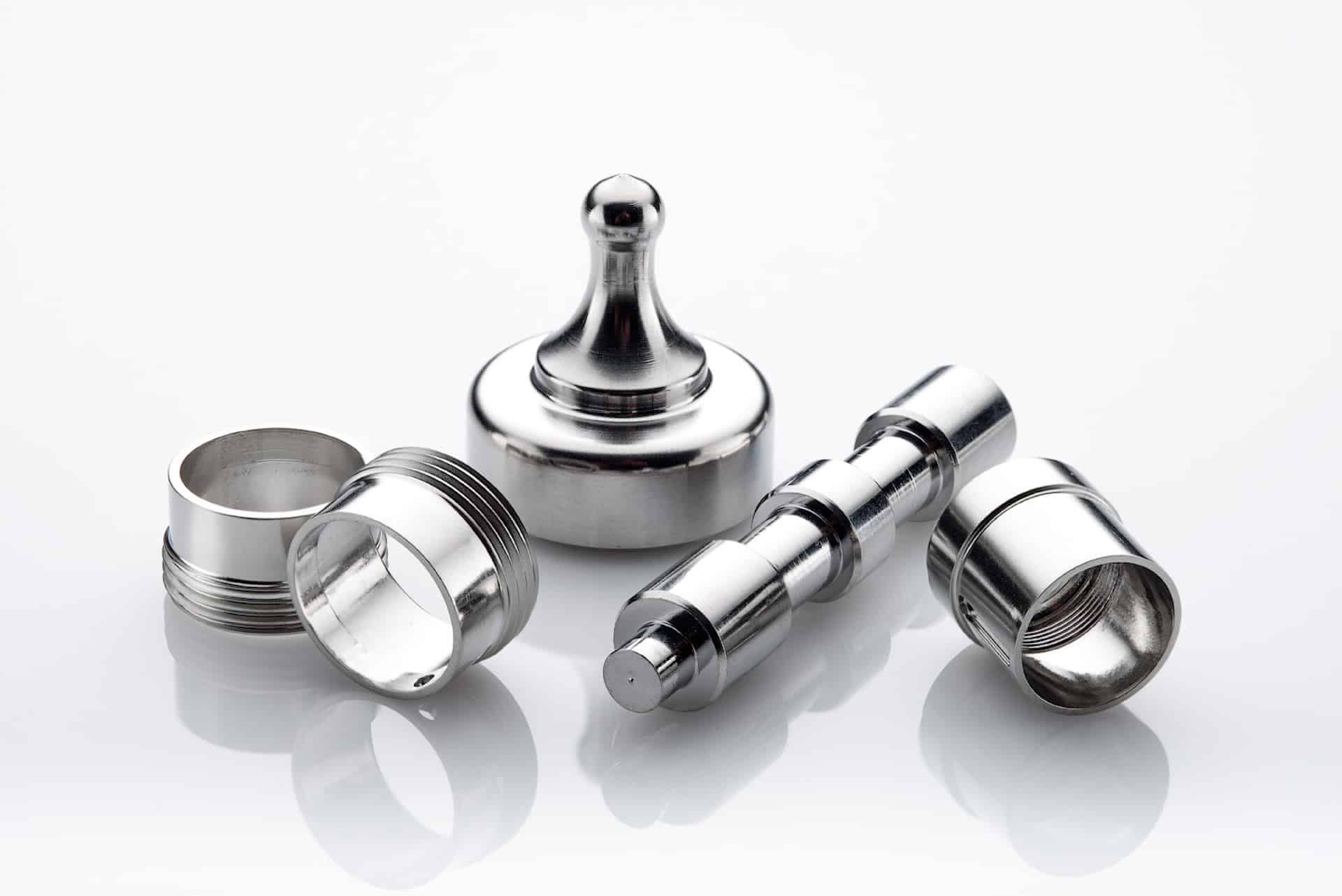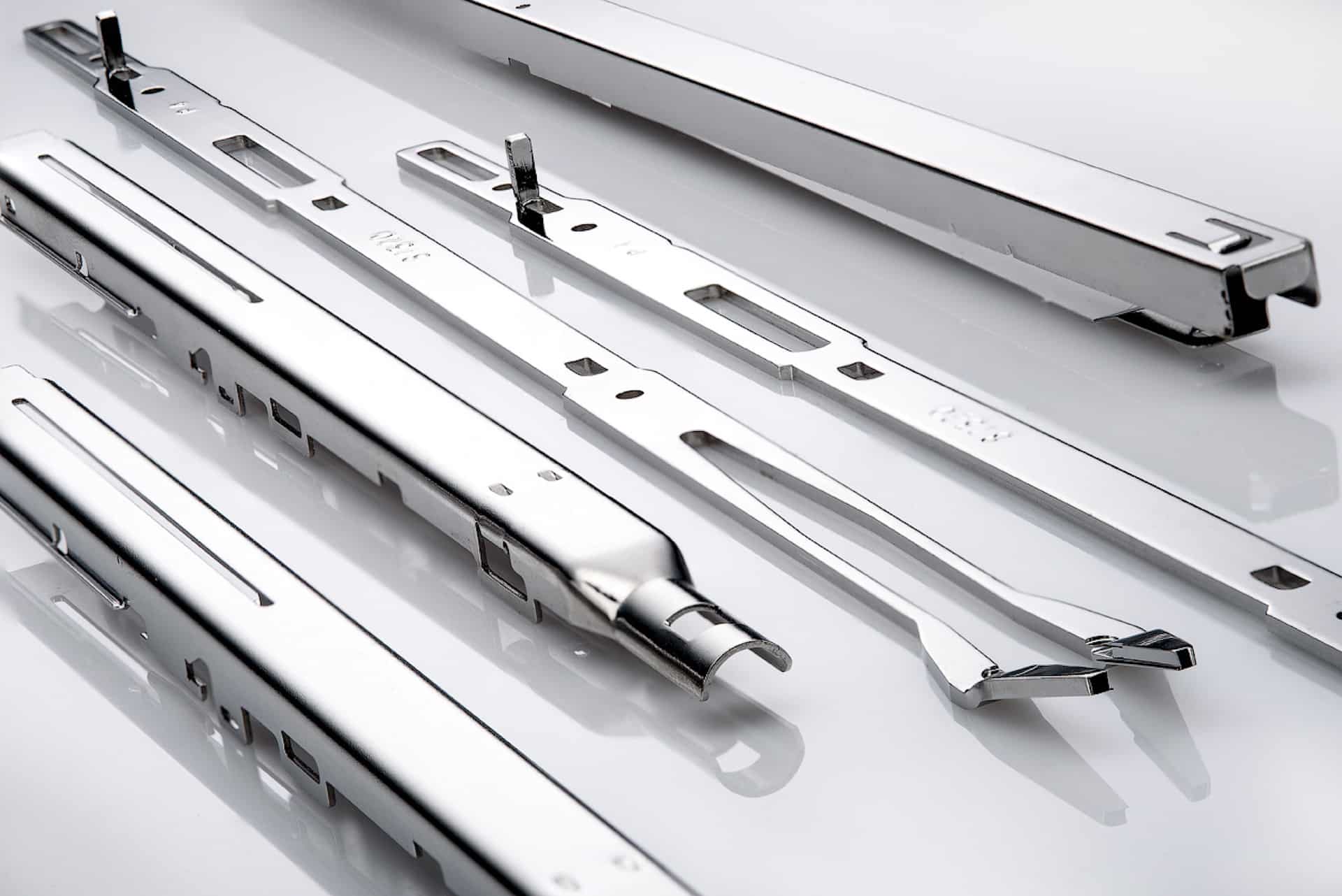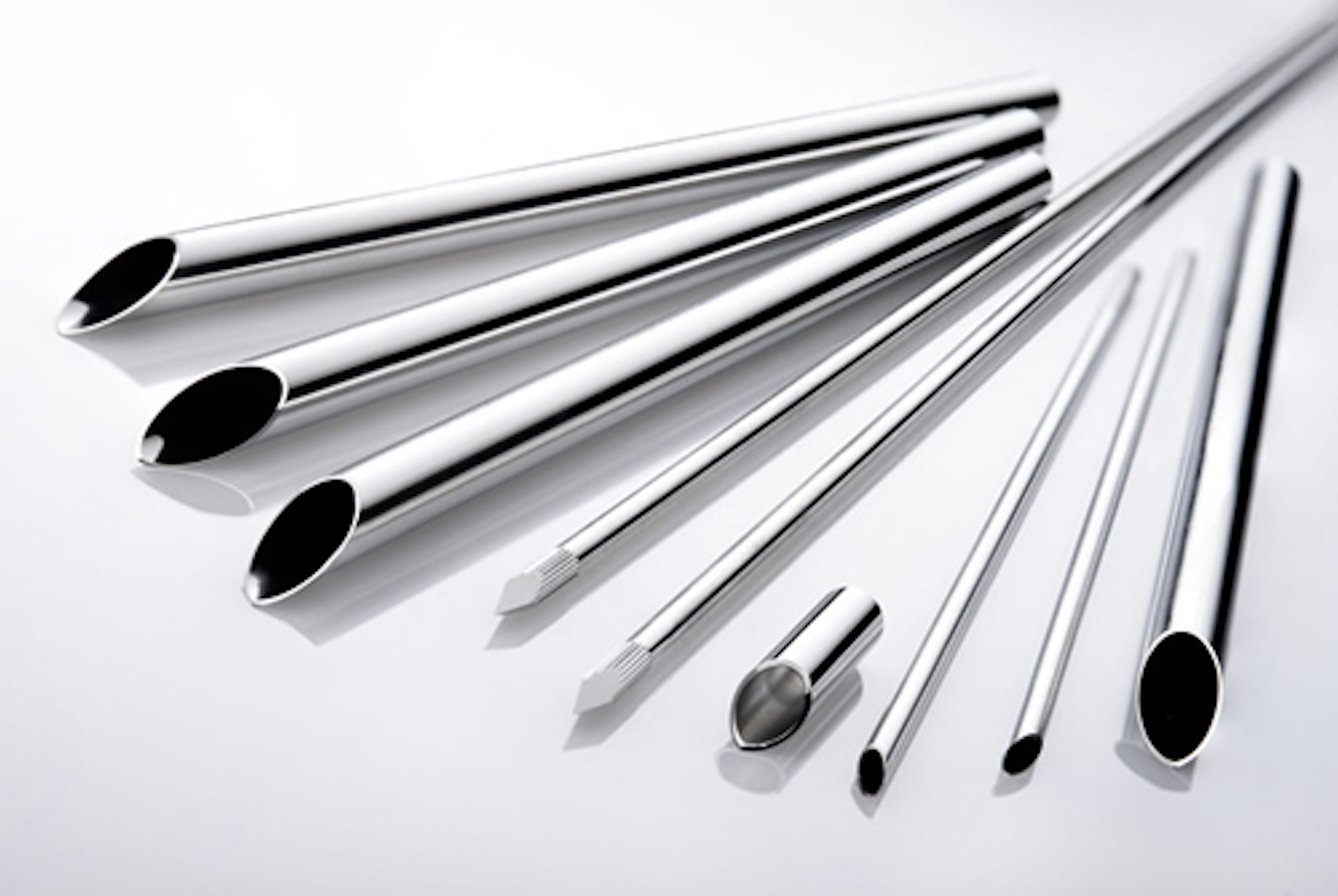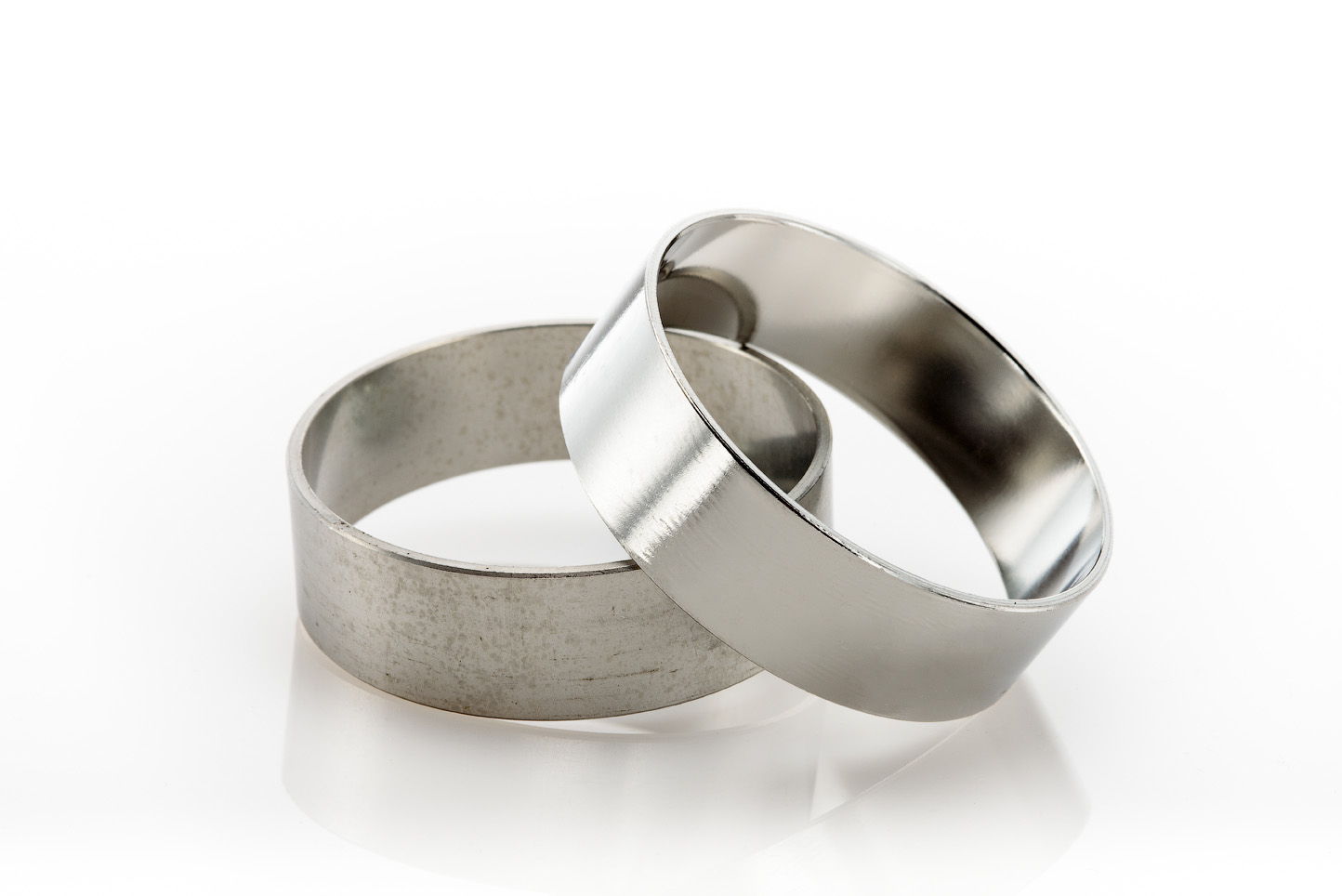
Using Citric Acid Passivation for Marine and Subsea Components
Stainless steel is widely used in marine and subsea applications for its durability and natural resistance to corrosion. But in environments where saltwater, high pressure, and variable temperatures are constant threats, even stainless steel needs an extra layer of protection. That’s where citric acid passivation plays a critical role.
From underwater load cells to marine-grade sensors, citric acid passivation enhances the long-term performance and corrosion resistance of essential stainless steel components exposed to some of the harshest operating conditions on earth.
The Corrosive Challenge of Marine Environments
Saltwater is one of the most aggressive natural environments for metal. Chlorides in seawater attack stainless steel, particularly at welds, seams, or heat-affected zones from machining or cutting. Left untreated, these vulnerable areas can become initiation points for pitting, crevice corrosion, or stress corrosion cracking—leading to premature failure of critical components.
Whether the part is submerged continuously or exposed intermittently in splash zones, its surface condition directly affects reliability and service life.
How Citric Acid Passivation Protects Stainless Steel
Citric acid passivation is a non-toxic, environmentally friendly process that removes free iron and other contaminants from the surface of stainless steel. These contaminants can come from machining, handling, or exposure to shop environments—and they compromise the integrity of the chromium oxide layer that makes stainless steel corrosion-resistant.
During passivation, the stainless steel part is treated with a citric acid solution, which:
-
Cleans the surface of embedded iron particles and residues
-
Promotes the formation of a new, stable chromium oxide layer
-
Improves corrosion resistance, especially in marine environments
Unlike older methods like nitric acid passivation, citric acid offers a safer and more sustainable alternative without compromising performance. It’s particularly suited for parts that must meet stringent industry standards for cleanliness and corrosion resistance.
Ideal for Precision Marine Components
Components like underwater load cells, submersible sensors, valves, and fasteners benefit greatly from citric acid passivation. These parts are often deployed in oil and gas, marine research, aquaculture, and offshore renewable energy applications where long-term integrity is non-negotiable.
Passivated surfaces resist the buildup of marine biofouling and minimize the risk of galvanic corrosion when used in multi-material assemblies. For sensor housings and high-accuracy instruments, a properly passivated finish helps maintain sealing surfaces and prevents measurement drift caused by corrosion or contamination.
Citric Acid Passivation + Electropolishing: A Powerful Combo
For parts that demand not only corrosion protection but also enhanced surface finish, citric acid passivation can be paired with electropolishing. Electropolishing smooths the metal at a microscopic level, removing high points and eliminating inclusions that can harbor corrosion.
The combination of electropolishing and citric acid passivation is especially valuable for submerged components where performance and appearance are both important.
Conclusion
In marine and subsea environments, corrosion is a constant threat. Citric acid passivation is a powerful way to enhance the corrosion resistance of stainless steel parts—without introducing harsh chemicals or compromising environmental standards.
Whether you’re manufacturing underwater load cells, pressure sensors, or structural components for marine applications, proper surface treatment is critical to long-term success.
At New England Electropolishing, we specialize in finishing stainless steel components to meet the highest standards of cleanliness and corrosion resistance—even in the most demanding environments.
Electropolishing Resources

What is Electropolishing?
Electropolishing is an electrochemical and reverse plating process that removes the outer layer of skin on a metal...

The Electropolishing Process
The electropolishing process is initiated by immersing a metal part into a temperature-controlled bath of electrolyte...

Benefits of Electropolishing
Curious about the benefits of putting your parts through the electropolishing process? Read along below where we...

How Much Material Does Electropolishing Remove?
Electropolishing, when done properly is a highly controllable process which removes as little as...

How Much Will Electropolishing Improve the Surface Finish of My Part?
Ra and RMS are both representations of surface roughness. Ra is calculated as the roughness average of a surface’s...

Electropolishing Frequently Asked Questions
Learn the difference between electropolishing and electroplating as well as how the electropolishing process works...

What is ASTM B912?
ASTM B912 is an industry standard for the passivation of stainless steel alloys through electropolishing...

What is ASTM A967?
ASTM A967 is an industry standard specification for the chemical passivation treatments for stainless...

What is ISO 13485?
ISO 13485 is a standard that applies specifically to medical devices. ISO 13485 is designed to be...
